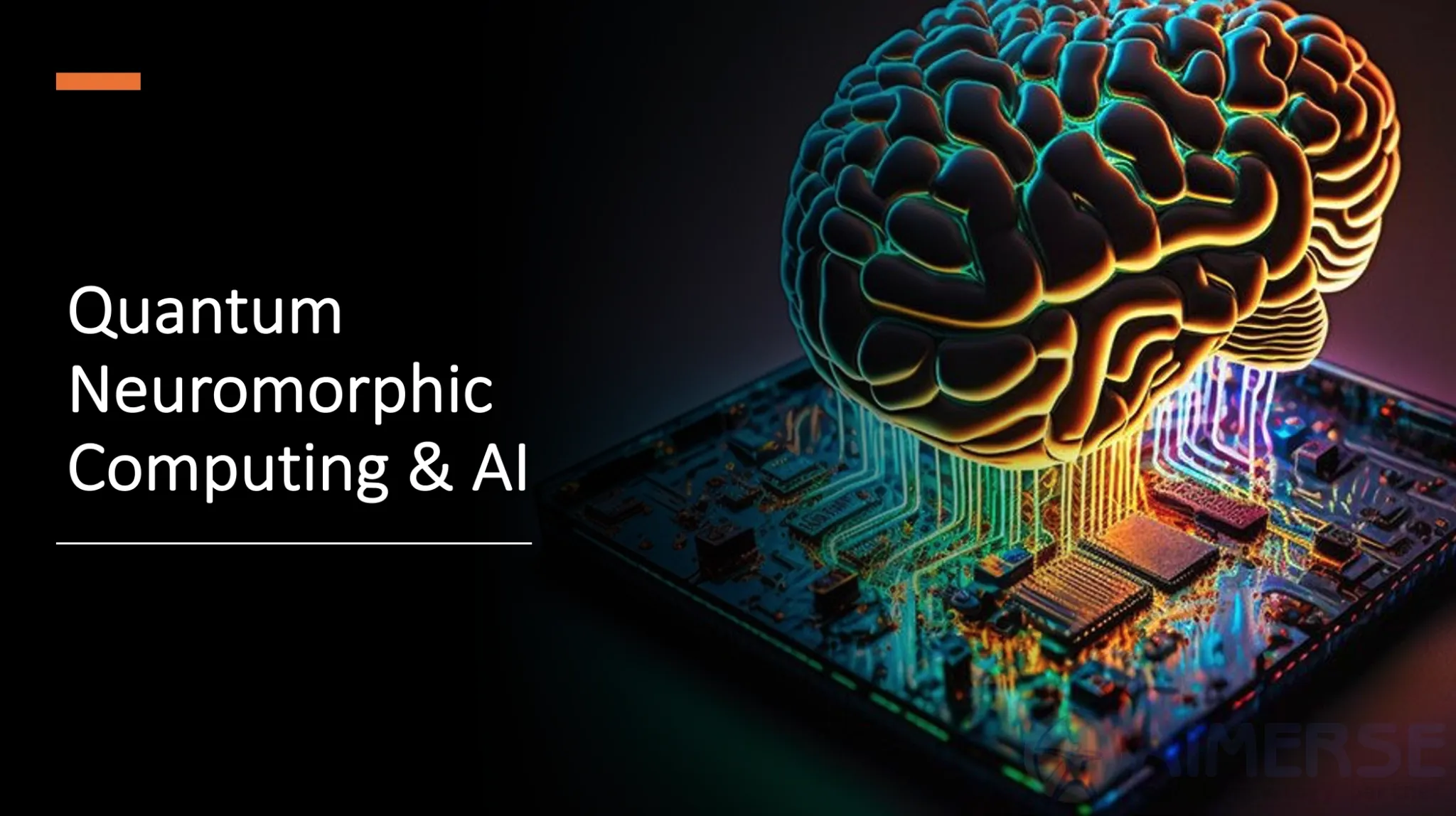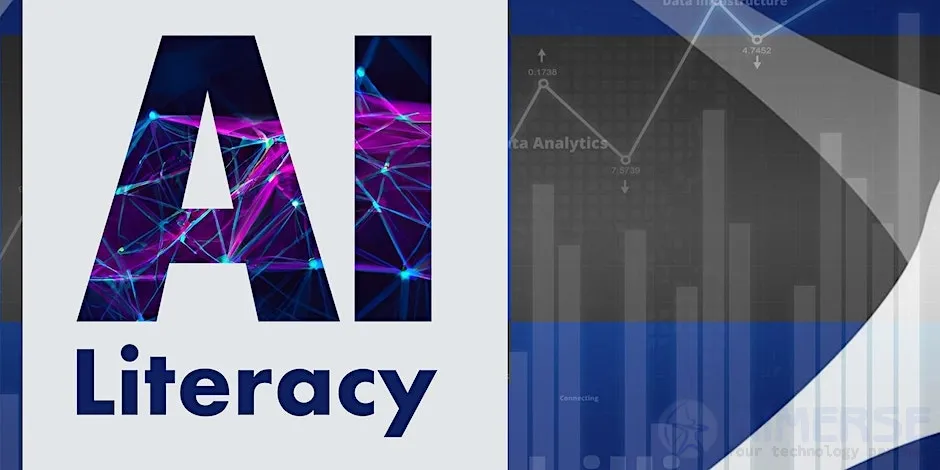Neuromorphic Computing: Emulating the Human Brain
The most powerful and efficient processor known is where researchers have been looking to make more efficient and intelligent computing systems. Neuromorphic computing is an innovative approach that aims to mimic the architecture and functionality of the brain, leading to great advancements in AI and computing technologies.
Understanding Neuromorphic Computing
Neuromorphic computing is the design of computer systems that mimic the neural structure and operation of the human brain. In contrast to traditional computing architectures, which process information sequentially, neuromorphic systems process information in a parallel and distributed manner, similar to neural networks in the brain. This approach enables more efficient processing, especially for tasks involving pattern recognition, learning, and sensory processing.
Key Features of Neuromorphic Systems
- Spiking Neural Networks (SNNs): In neuromorphic systems, SNNs are commonly used, where artificial neurons communicate by using discrete electrical pulses, or "spikes," in striking similarity to the way biological neurons communicate.
- Event-Driven Processing: Such systems are event-driven, only processing information when a change or "event" happens, which results in much greater energy efficiency than constant, clock-driven processing.
- Parallelism: Neuromorphic systems are capable of processing more complex calculations by mimicking parallel processing of the brain than any serial processing architecture.
Applications of Neuromorphic Computing
Neuromorphic computing promises its application in various domains:
- Artificial Intelligence: Advanced machine learning algorithms for faster learning and adaptation, which get closer to that of human beings.
- Robotics: Better sensory processing and decision-making capabilities for autonomous systems.
- Healthcare: Brain-machine interfaces and neuroproteins advance due to more natural and efficient ways of pathway interaction.
Challenges and Future Directions
Although exciting possibilities abound, there are challenges to neuromorphic computing:
- Hardware development: The building of hardware that accurately and efficiently replicates neural architectures is difficult and awaits further innovation.
- Programming paradigms: Software that can be exploited to make fully efficient use of neuromorphic hardware should come from the design of new programming models and tools.
- Scalability: It is still a field of active research whether large, real-world applications are scalable using neuromorphic systems.
We are at Aimerse Technologies. We remain a company fully specialized in building custom software programs on multiple technologies, such as React.js, Node.js, Python Django, Laravel, and Java Spring Boot, and committed to exploring the leading cutting-edge technology with neuromorphic computing. From this background comes our position toward developing new answers that unlock the capabilities of brain-inspired computing and deliver breakthroughs within AI and others.
Conclusion:
Neuromorphic computing is a quantum leap toward building systems that can perform tasks with more efficiency while also learning and adapting in the manner of a human brain. This field of study has enormous potential to change many industries with smarter, more responsive technologies, all of which integrate into daily life.











